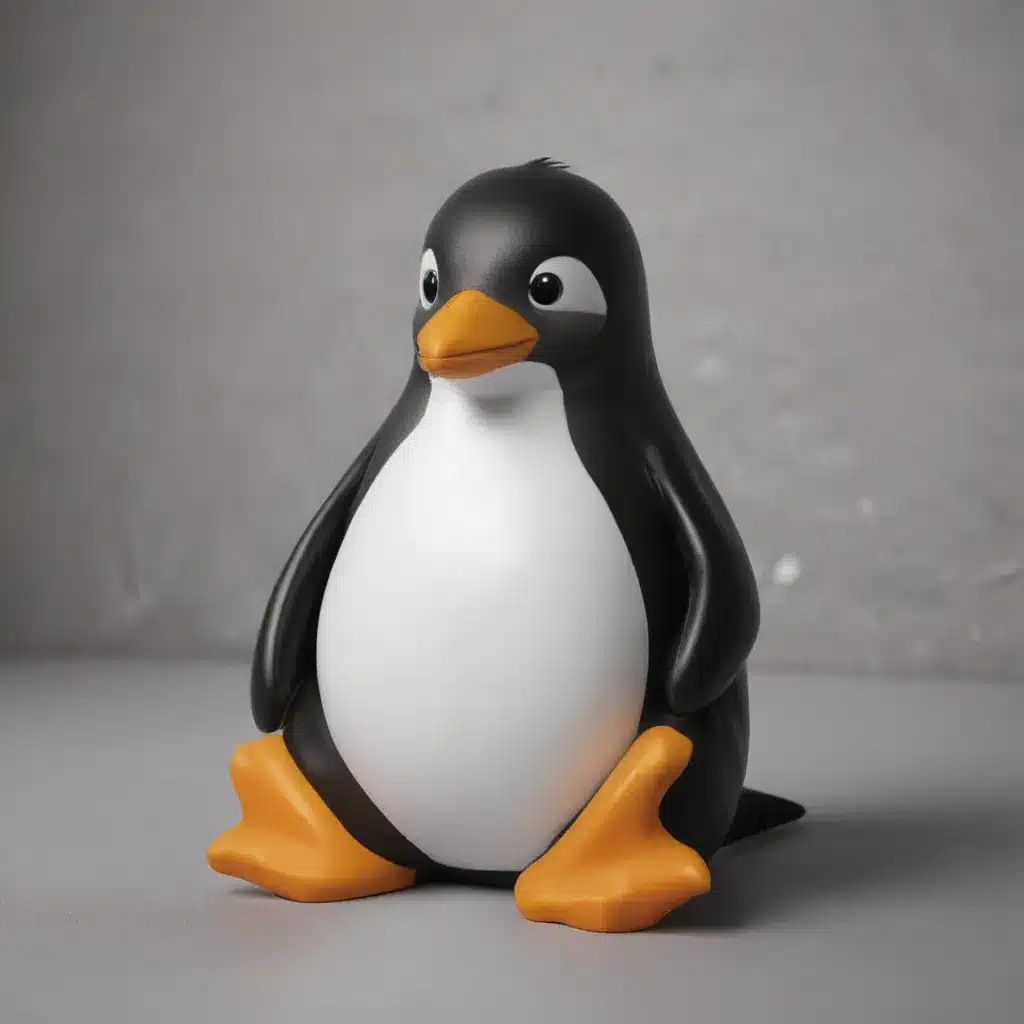
Discovering the Endless Possibilities of Linux Desktop Customization
I’ve been a Linux enthusiast for as long as I can remember, and one of the things I love most about the platform is the sheer customizability it offers. Whether you’re a seasoned Linux veteran or just starting your journey, the ability to tailor your desktop environment to your unique preferences is truly a game-changer.
In this comprehensive guide, I’ll take you on a deep dive into the world of Linux desktop customization, exploring a wide array of tools, techniques, and strategies that will help you craft a computing experience that’s truly your own. From eye-catching visual themes to productivity-boosting keyboard shortcuts, the options are truly endless.
Themes and Aesthetics: Transforming Your Desktop’s Look and Feel
One of the first things I usually tackle when customizing my Linux desktop is the visual appearance. After all, the desktop is the primary interface through which I interact with my operating system, so it should be a reflection of my personal style and preferences.
The great news is that the Linux ecosystem offers a vast array of theme options, from sleek and minimalist to bold and vibrant. I can choose from a wide selection of pre-built themes, or I can even create my own custom themes using tools like GNOME Tweaks or KDE’s System Settings.
But the customization doesn’t stop there. I can also tweak the desktop’s icons, cursors, and window decorations to further refine the overall aesthetic. By blending and matching various visual elements, I can create a truly unique and cohesive desktop environment that’s a pleasure to use.
Productivity-Enhancing Workflows: Streamlining Your Computing Experience
While the visual appeal of my Linux desktop is important, I’m also a firm believer in prioritizing functionality and efficiency. After all, the true power of a customized desktop lies in its ability to enhance my productivity and workflow.
One of the first things I do is to optimize my desktop’s keyboard shortcuts and hotkeys. By mapping frequently used actions to custom key combinations, I can drastically reduce the time and effort required to accomplish common tasks. I might, for instance, set up a shortcut to quickly launch my favorite terminal emulator or to switch between open windows with a single keystroke.
But the customization options don’t stop there. I can also configure my desktop’s window manager to behave in a way that aligns with my preferred working style. Some users, for example, might prefer a tiling window manager that automatically arranges windows in a grid-like layout, while others might opt for a more traditional stacking approach.
Automation and Scripting: Unlocking the Power of Custom Workflows
As I’ve delved deeper into the world of Linux desktop customization, I’ve discovered the incredible power of automation and scripting. By leveraging the command-line interface and the vast array of open-source tools available, I can create custom scripts and workflows that streamline my daily computing tasks.
One of my favorite examples is a simple bash script I wrote to automate the process of backing up my important files to an external hard drive. With just a few lines of code, I can now initiate a comprehensive backup routine with a single command, saving me valuable time and effort.
But the potential applications of automation and scripting go far beyond simple backup tasks. I can also use these techniques to customize my desktop’s appearance, manage my software installations, and even integrate my Linux system with other tools and services I use on a daily basis.
Discovering the Community: Tapping into a Wealth of Customization Resources
As I’ve delved deeper into the world of Linux desktop customization, I’ve come to appreciate the incredible value of the Linux community. Whether I’m searching for a specific theme, troubleshooting a configuration issue, or looking for inspiration, I can always count on the vast network of Linux enthusiasts to lend a helping hand.
One of the first places I turn to is the wealth of online forums, subreddits, and discussion boards dedicated to Linux desktop customization. Here, I can engage with fellow users, share my own experiences, and tap into a treasure trove of knowledge and best practices.
But the community support doesn’t end there. I’ve also discovered a thriving ecosystem of blogs, tutorials, and video content that provide detailed guidance on everything from configuring window managers to creating custom shell scripts. By immersing myself in this wealth of community-driven resources, I’m able to continuously expand my customization skills and keep my Linux desktop experience feeling fresh and engaging.
Embracing the Flexibility of the Linux Ecosystem
As I reflect on my journey of customizing my Linux desktop, I’m consistently amazed by the sheer flexibility and potential of the platform. No matter what my specific needs or preferences might be, I can always find a way to tailor my computing environment to suit my unique requirements.
Whether I’m looking to enhance my productivity, express my personal style, or simply streamline my daily workflows, the tools and techniques available to me as a Linux user are truly endless. And with the unwavering support of the Linux community, I’m able to continuously explore new and innovative ways to unlock the full power of my customized desktop experience.
So, if you’re a fellow Linux enthusiast, I encourage you to dive in and start customizing your desktop today. The journey may be filled with experimentation and trial and error, but the rewards of crafting a computing environment that truly reflects your individual needs and preferences are well worth the effort.












